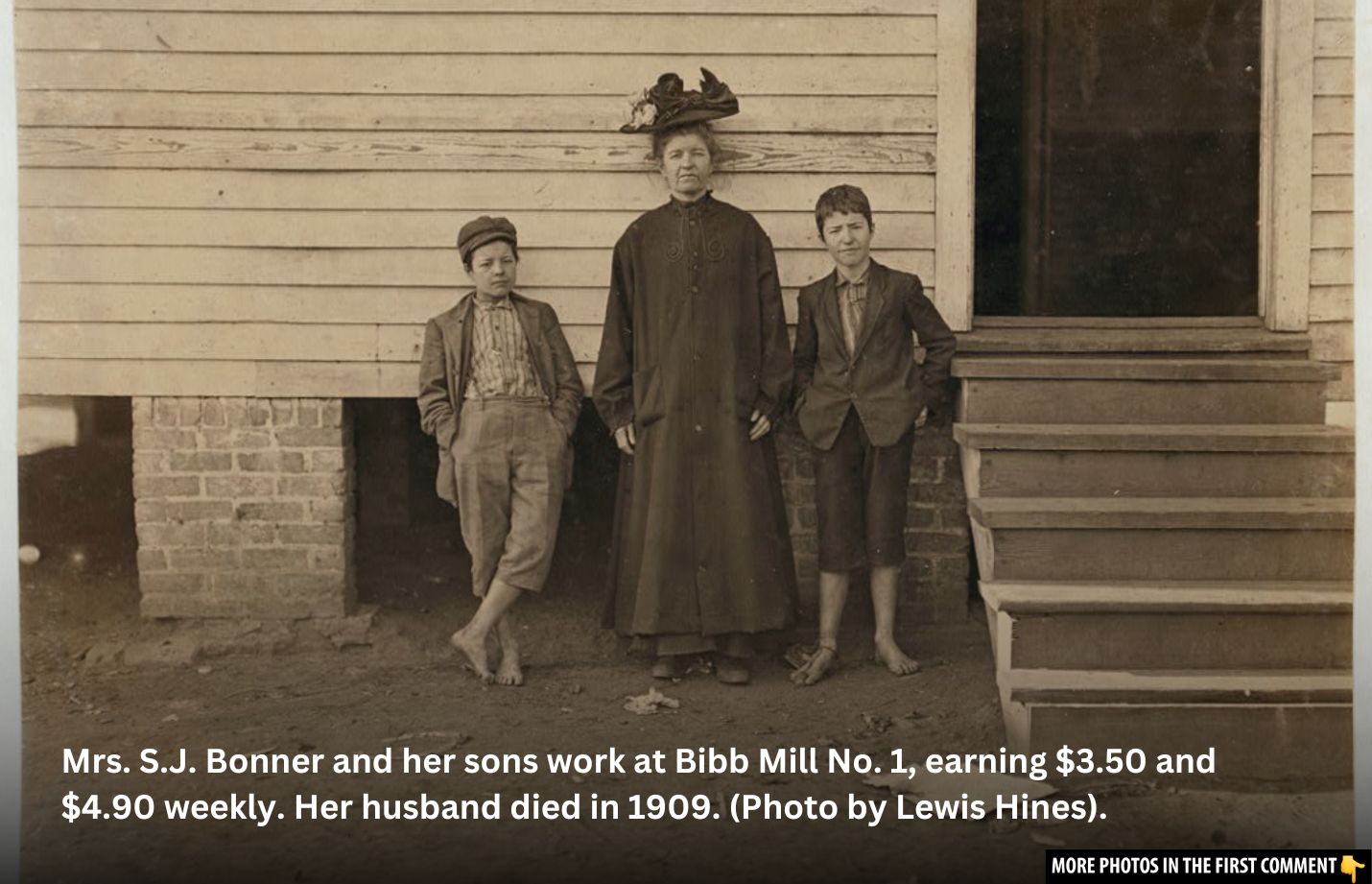In the early 20th century, America’s industrial boom came at a steep cost—child labor. Lewis Hine, a photographer for the National Child Labor Committee, captured haunting images that exposed the grim reality faced by children working long hours in factories, fields, and mines. His powerful photographs from 1908 to 1914 not only documented the harsh conditions but also sparked a movement that would eventually lead to child labor reform. Through his lens, Hine not only captured the innocence lost but also helped ignite a nationwide push for change.
The Rise of Industrialization and Its Impact on Child Labor
The industrial revolution in the United States created a new social order. Cities expanded rapidly as people from rural areas and immigrant populations flocked to urban centers in search of better opportunities. However, the promises of wealth and stability often turned out to be illusory. While industries boomed, factory work was grueling, dangerous, and poorly compensated. The demand for cheap labor in factories, mines, and mills led to the widespread use of child labor.
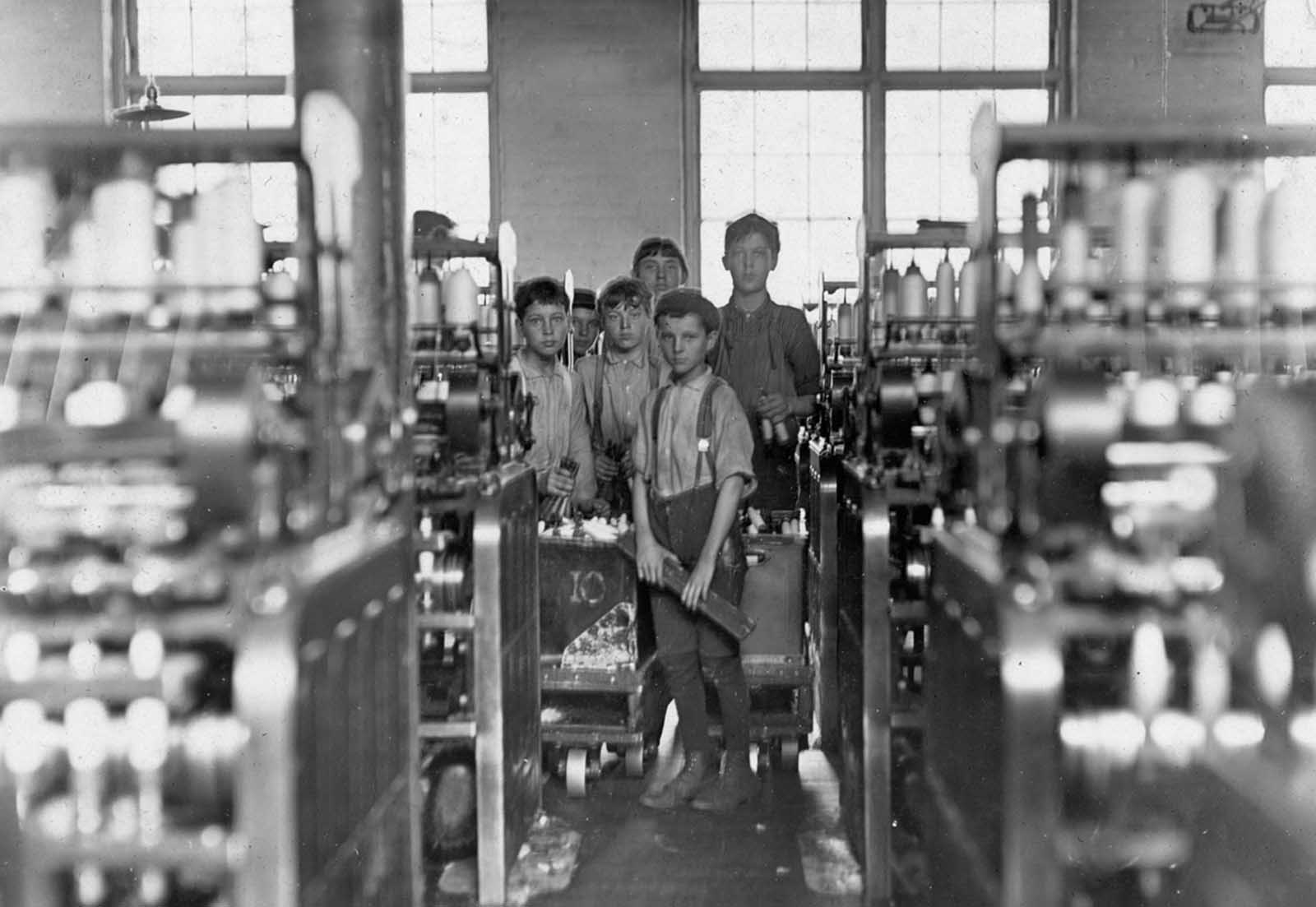
As families struggled to survive, the need for every able member of the family to work became essential. Many children were sent to work as early as possible to help meet the family’s financial needs. This exploitation was particularly evident in industries such as textiles, where long shifts and hazardous conditions were commonplace. Children worked 10 to 14 hours a day, enduring physical strain and risk of injury. These young laborers were often tasked with duties that were both physically demanding and dangerous, such as operating heavy machinery that could easily injure them.
Video
Watch the video to see the powerful photos that helped end child labor in the U.S.! Don’t miss this historical look at how visual storytelling sparked change.
The Role of Lewis Hine in Documenting Child Labor
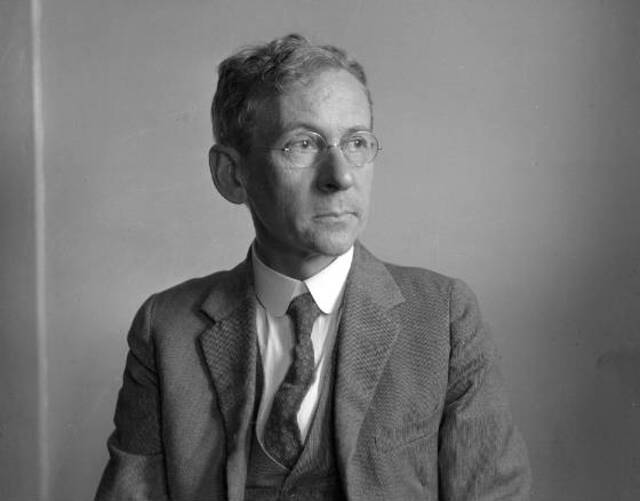
Lewis Hine was not just a photographer; he was a social activist committed to changing the harsh realities he witnessed. Hired by the NCLC, his mission was to document child labor in America, helping to fuel the national debate on the issue. Between 1908 and 1914, Hine traveled extensively throughout the United States, capturing poignant images of children working in factories, fields, and mines. His photographs were not just visual records; they were powerful tools used to mobilize support for labor reform.
Hine’s approach to photography was rooted in a deep respect for his subjects. He did not simply take photos of children at work; he humanized them, showcasing their innocence amidst the harsh realities of exploitation. His images captured children in the midst of their labor, showing their tired faces, their delicate hands working machinery, and their struggles to survive in a world that cared little for their well-being. Hine’s work brought the issue of child labor into the national spotlight, helping to rally support for labor reform laws.
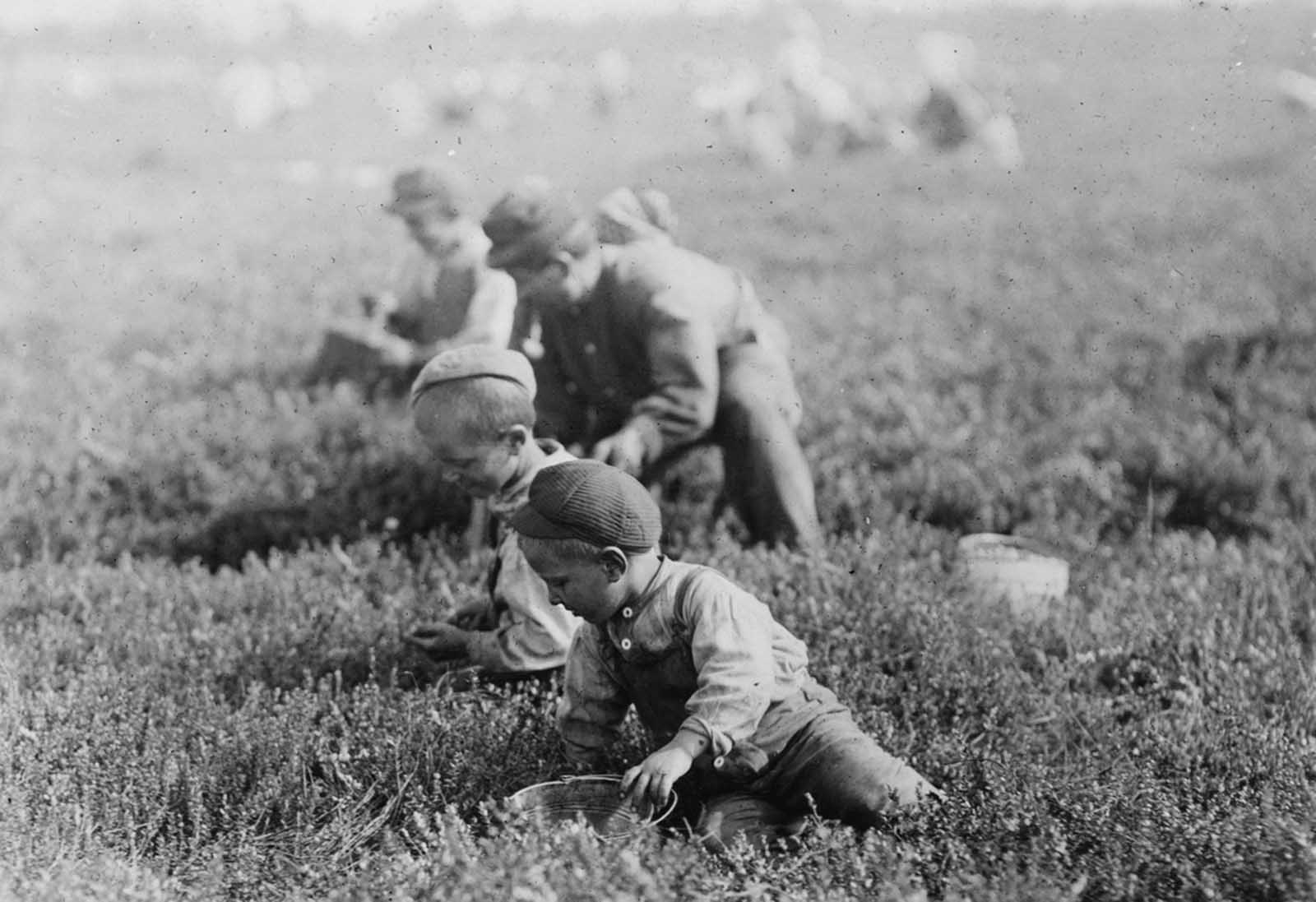
Children at Work: Factories, Fields, and the Dangerous Conditions They Faced

Hine’s photographs provide a heartbreaking yet crucial look into the conditions faced by children in early 20th-century America. In textile mills, for example, children worked in dangerously fast-paced environments, where the machinery posed a constant threat to their safety. Many children had limbs caught in machines, leading to life-altering injuries or even death. The air in these factories was filled with dust and toxins, leading to chronic health problems, including respiratory issues and lung diseases, which were particularly harmful to young, developing bodies.
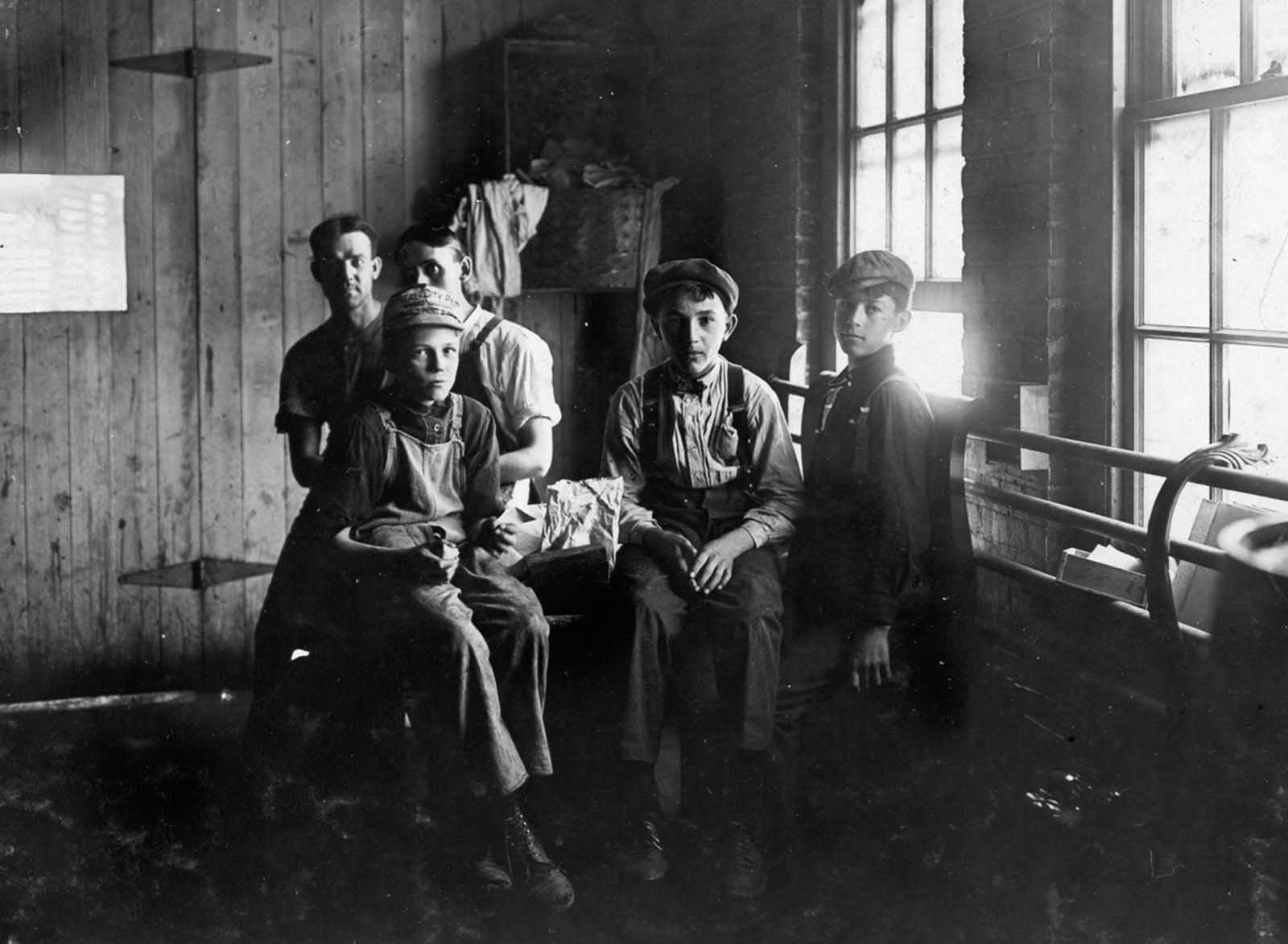
Farm children were not faring much better. Children working in agriculture were often involved in harvesting crops under extreme temperatures, often working 12 to 14-hour days without adequate rest. In many ways, their labor was even less regulated than factory work, as the agricultural industry did not face the same scrutiny as industrial jobs. Children as young as six were carrying heavy loads of produce, working with dangerous tools, and enduring physical hardships far beyond what one might expect for their age.
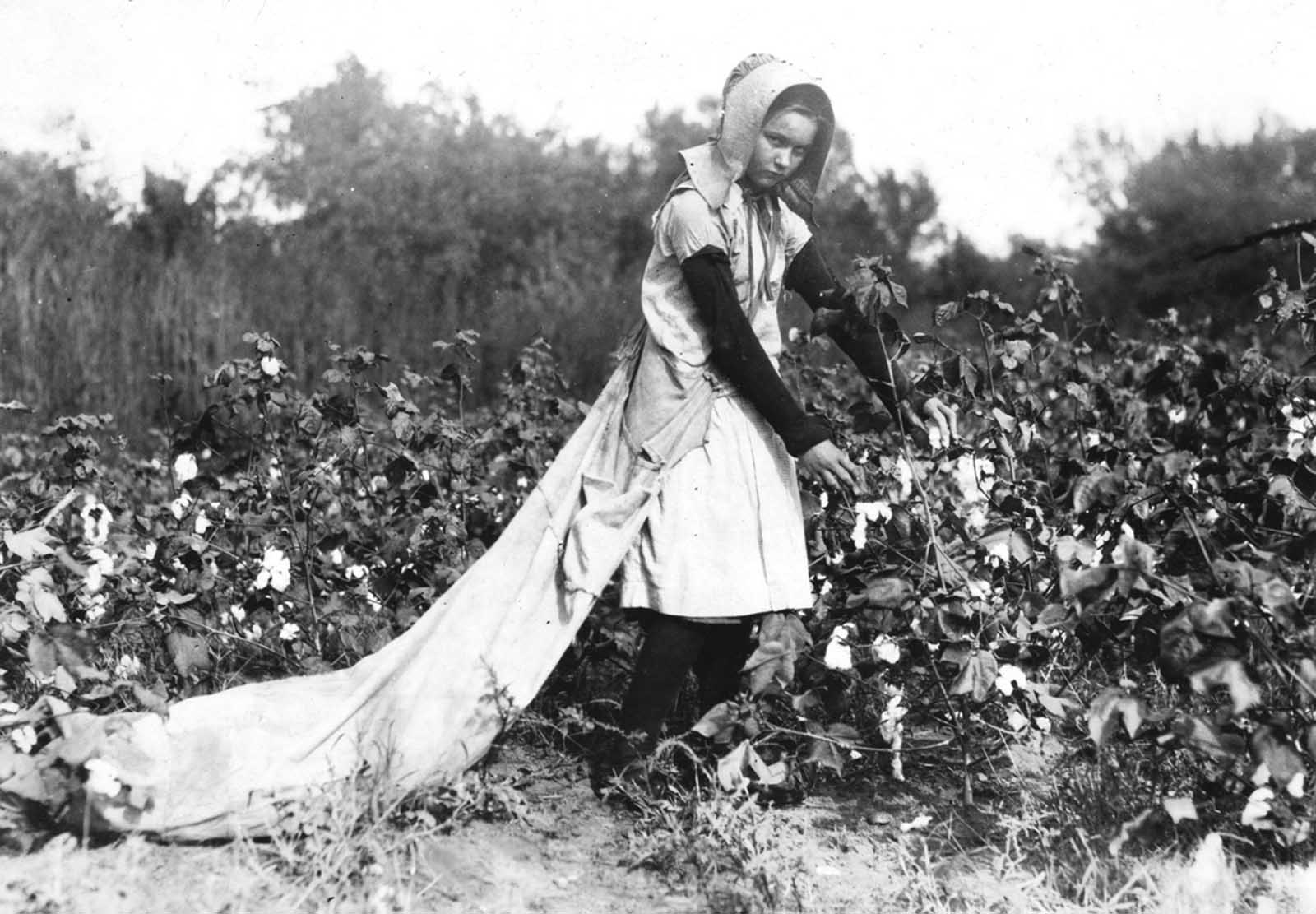
Photographs That Tell a Story: Capturing the Pain and Struggle
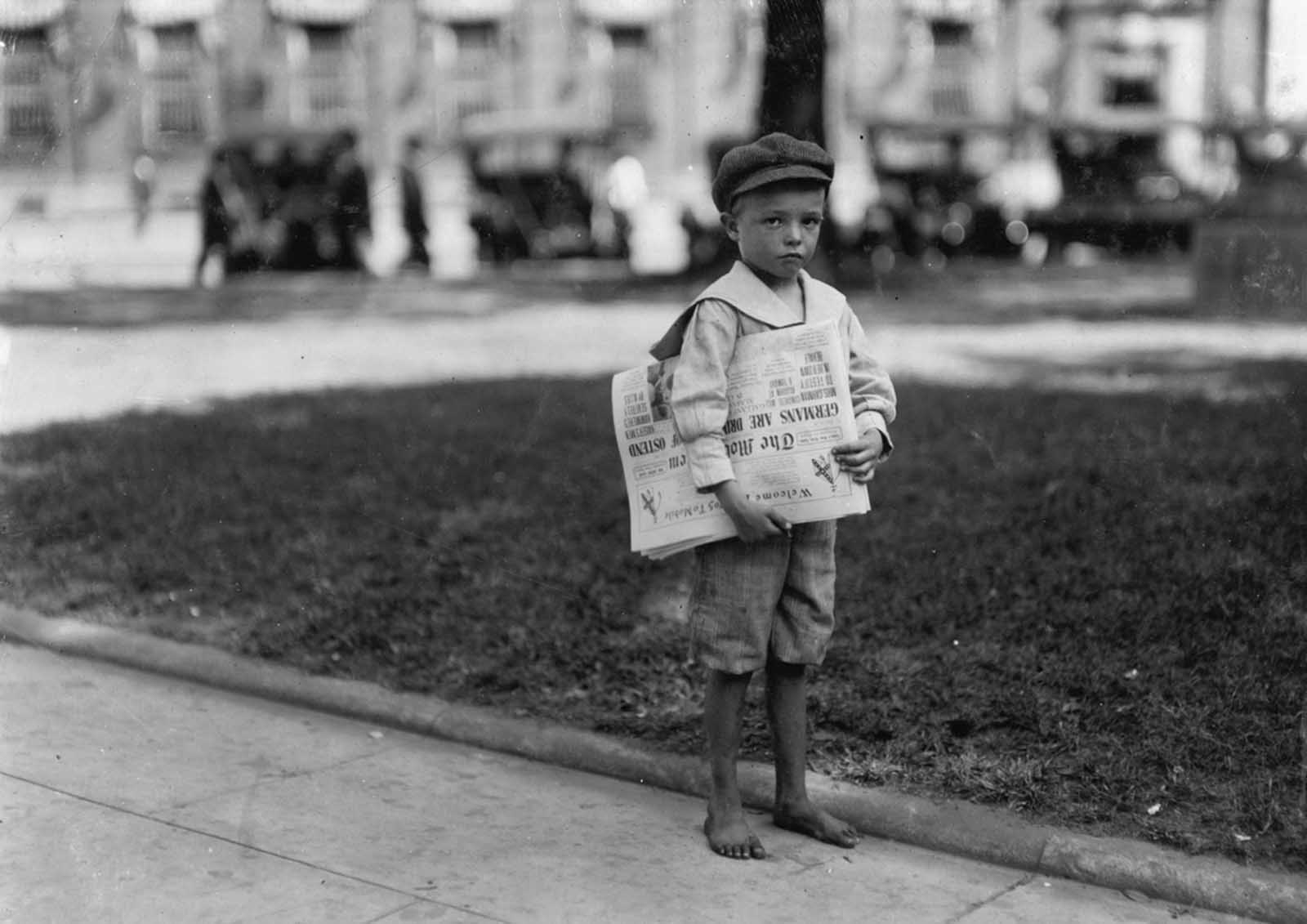
One of the most famous images Hine captured is that of Ferris, a seven-year-old newsboy from Mobile, Alabama. Ferris stands clutching newspapers, his small hands barely able to hold the stack. This image illustrates the innocence lost as children like Ferris were thrust into the adult world far too soon. Similarly, Hine’s photo of a young girl working at the Globe Cotton Mill in Augusta, Georgia, shows a child working at a spinning machine, her eyes weary but focused, underscoring the harshness of factory life.
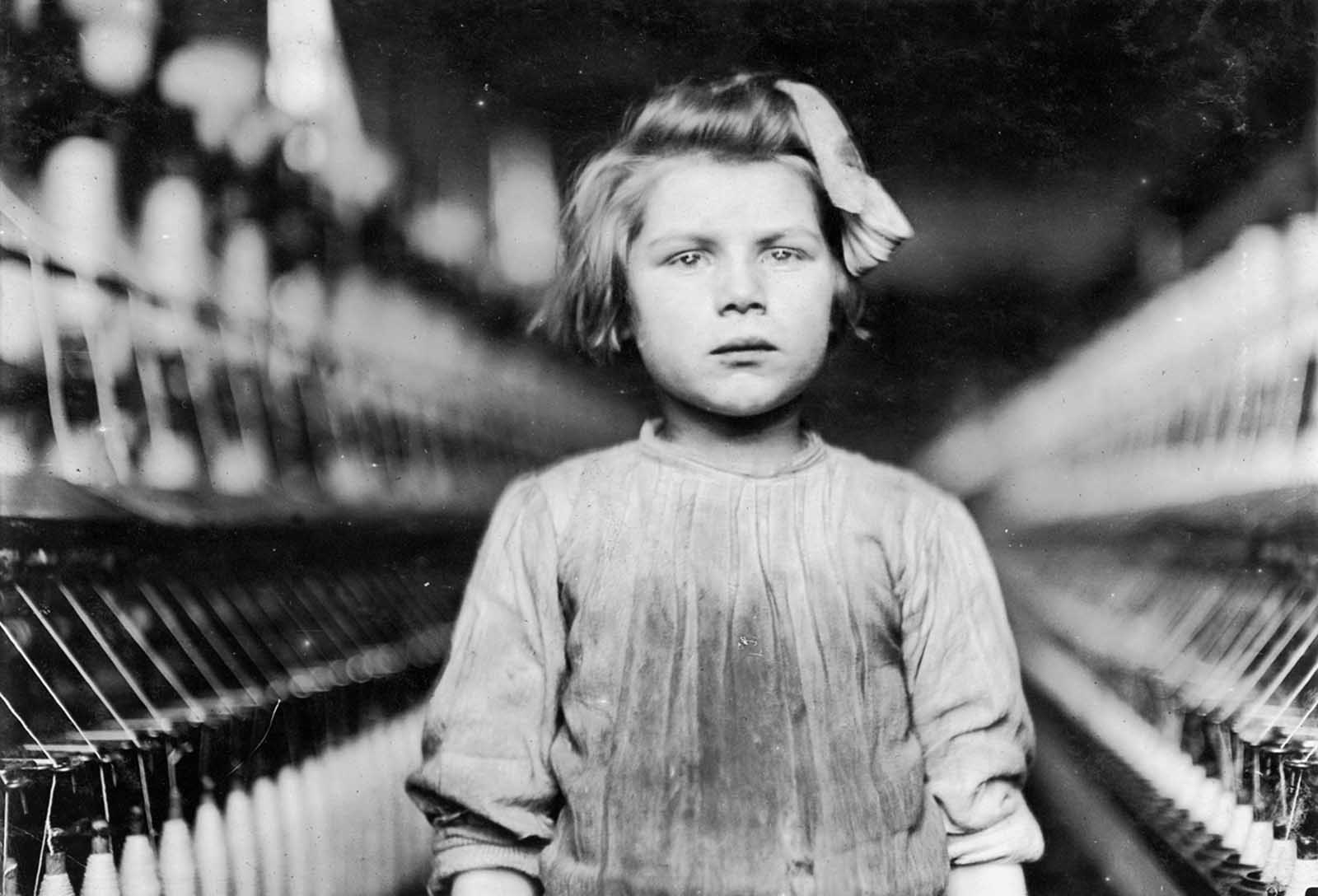
Hine’s photographs are not just technical representations of a social issue; they convey deep emotions and humanize the subjects. They reveal the stark reality of child labor in a way that no written account could. The exhaustion, the injuries, and the neglect faced by these children were evident in their faces and body language. These images left a lasting impact on viewers, stirring empathy and outrage.
The Struggle for Legal Protection: Early Efforts to Regulate Child Labor
Despite the compelling evidence of abuse and exploitation, it took many years for the U.S. government to take action. By 1899, 28 states had passed laws regulating child labor, but these laws were far from universal. Efforts to pass a national child labor law were often met with resistance, particularly from industry leaders who relied on child labor for profit. Two attempts by Congress to pass federal child labor laws in 1918 and 1922 were declared unconstitutional by the Supreme Court.
It wasn’t until 1938, after years of public outcry and the tireless work of advocates like Hine, that the Fair Labor Standards Act was passed. This legislation set minimum ages for child labor—16 for work during school hours, 14 for certain jobs after school, and 18 for hazardous work. While child labor did not disappear overnight, the passage of this act marked a significant victory in the fight for children’s rights.
Gallery: Rare Photographs of Child Labor in America
Below is a gallery showcasing some of Lewis Hine’s most powerful photographs of child laborers:
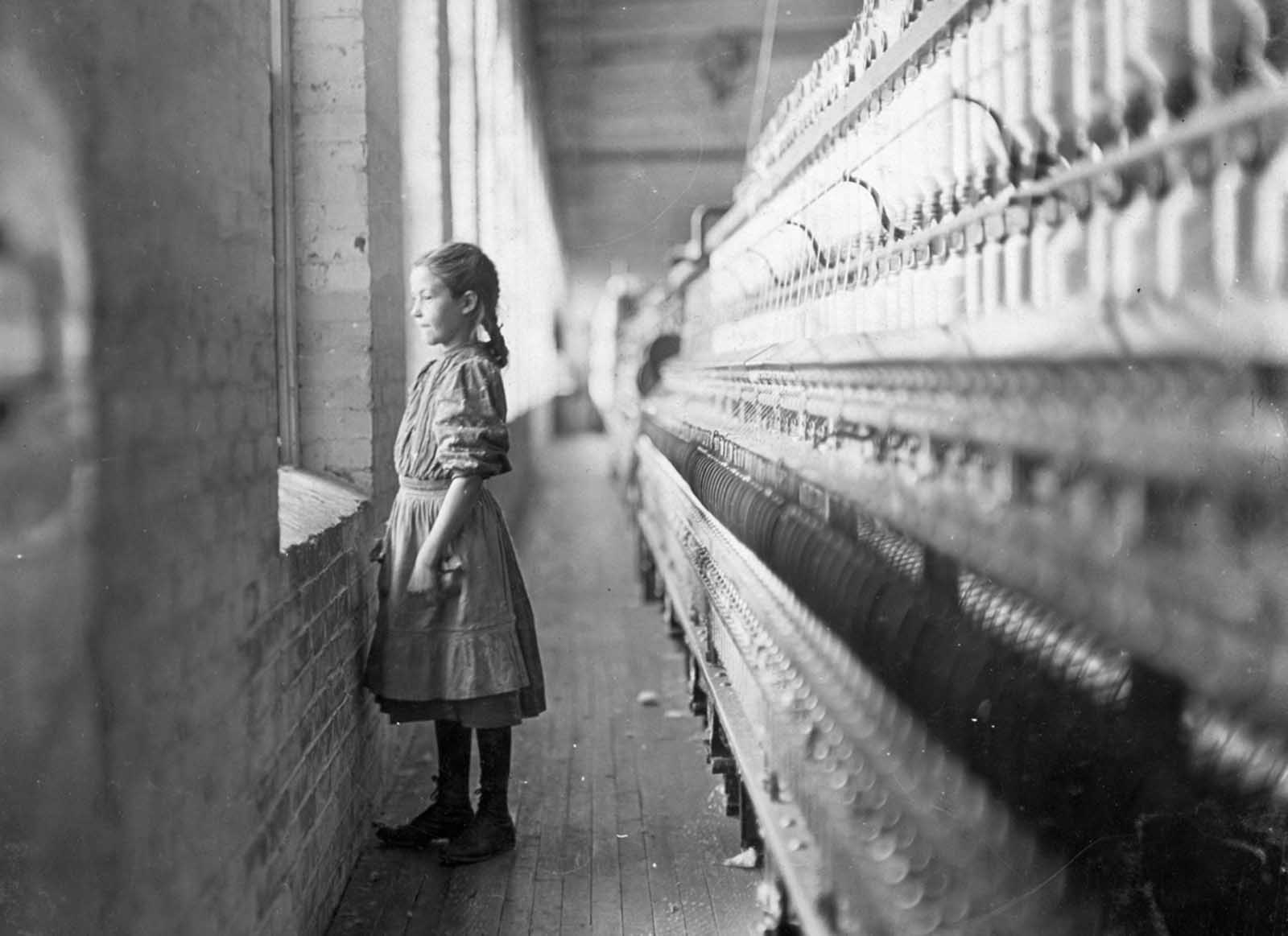
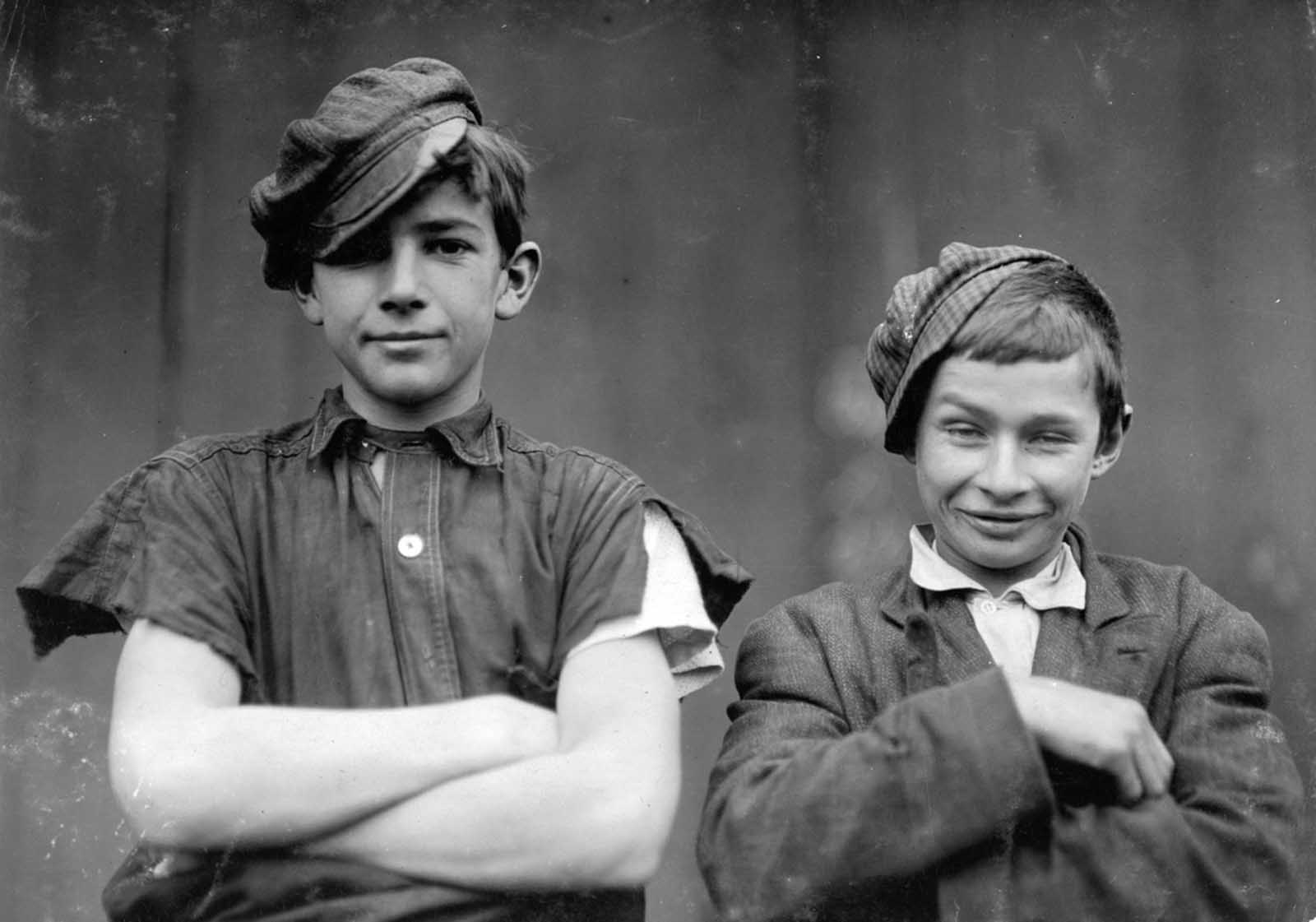
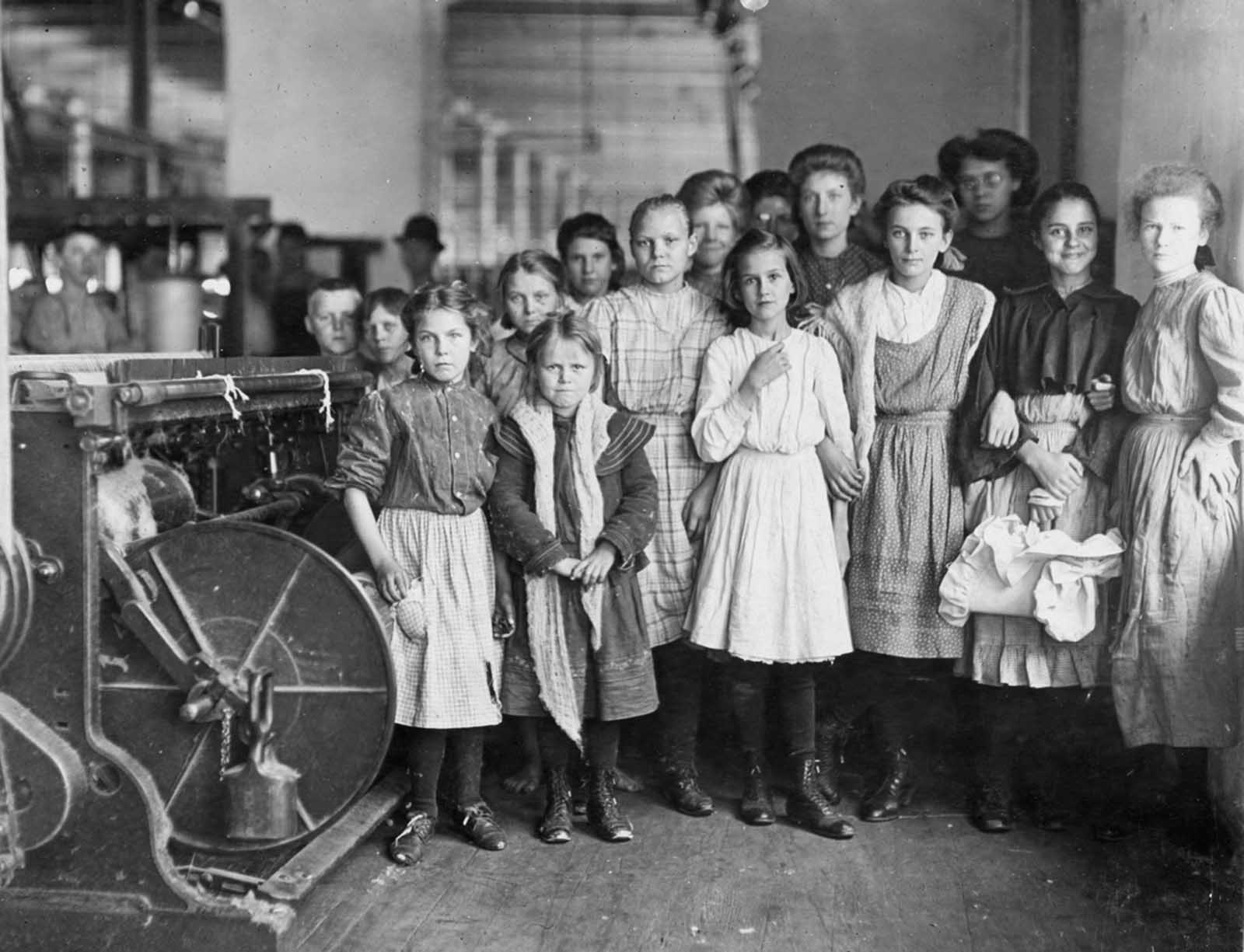
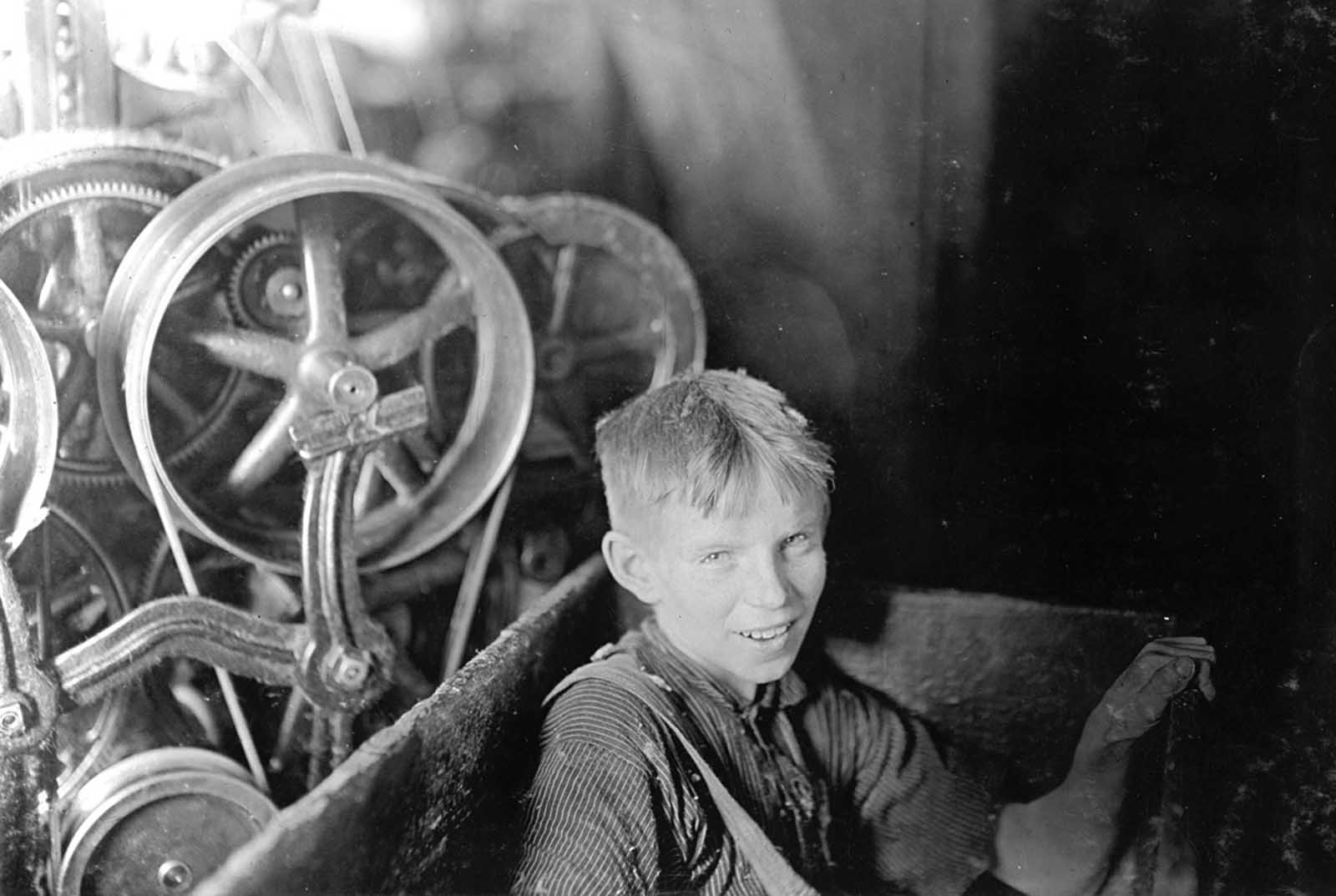
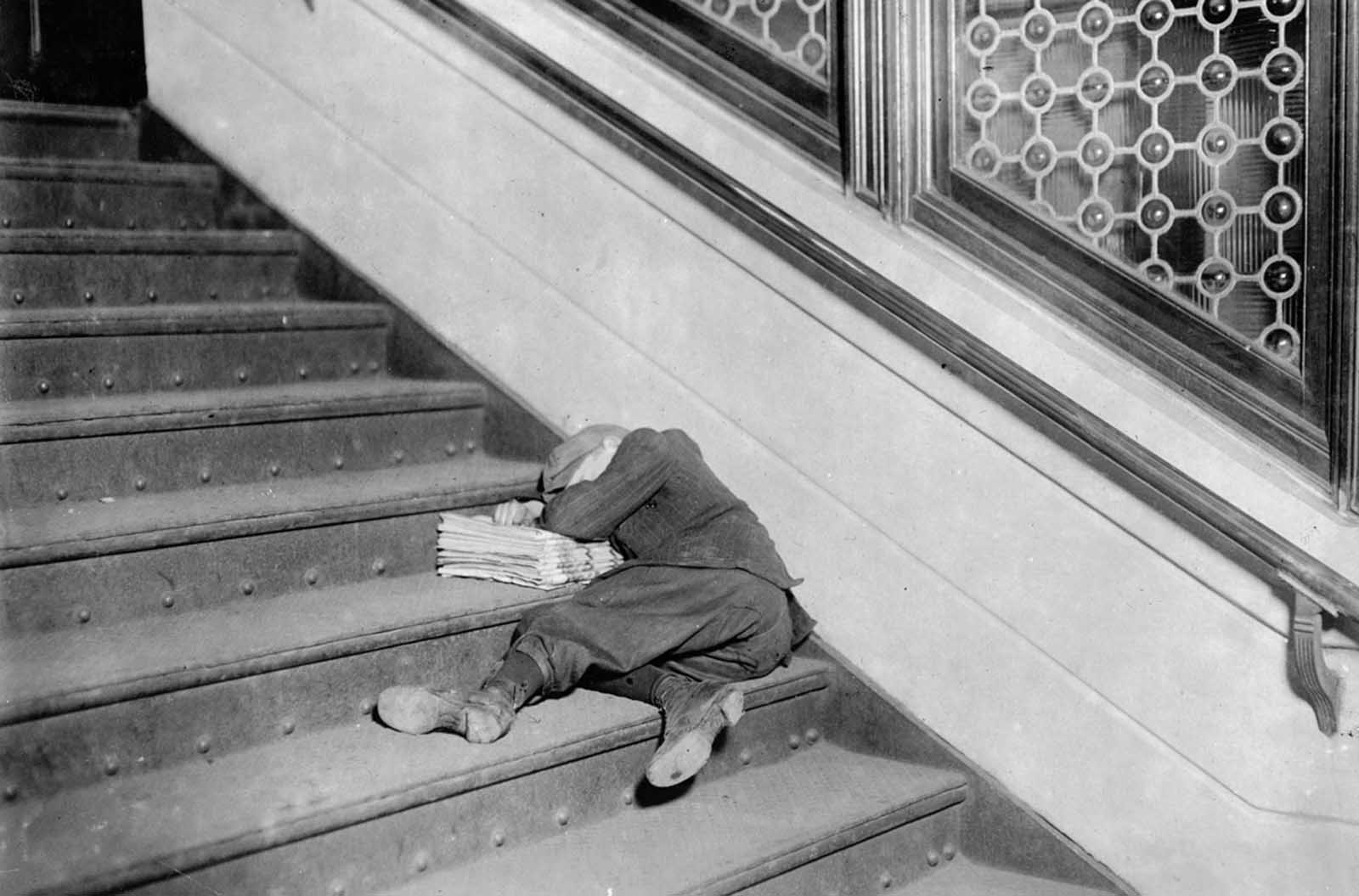
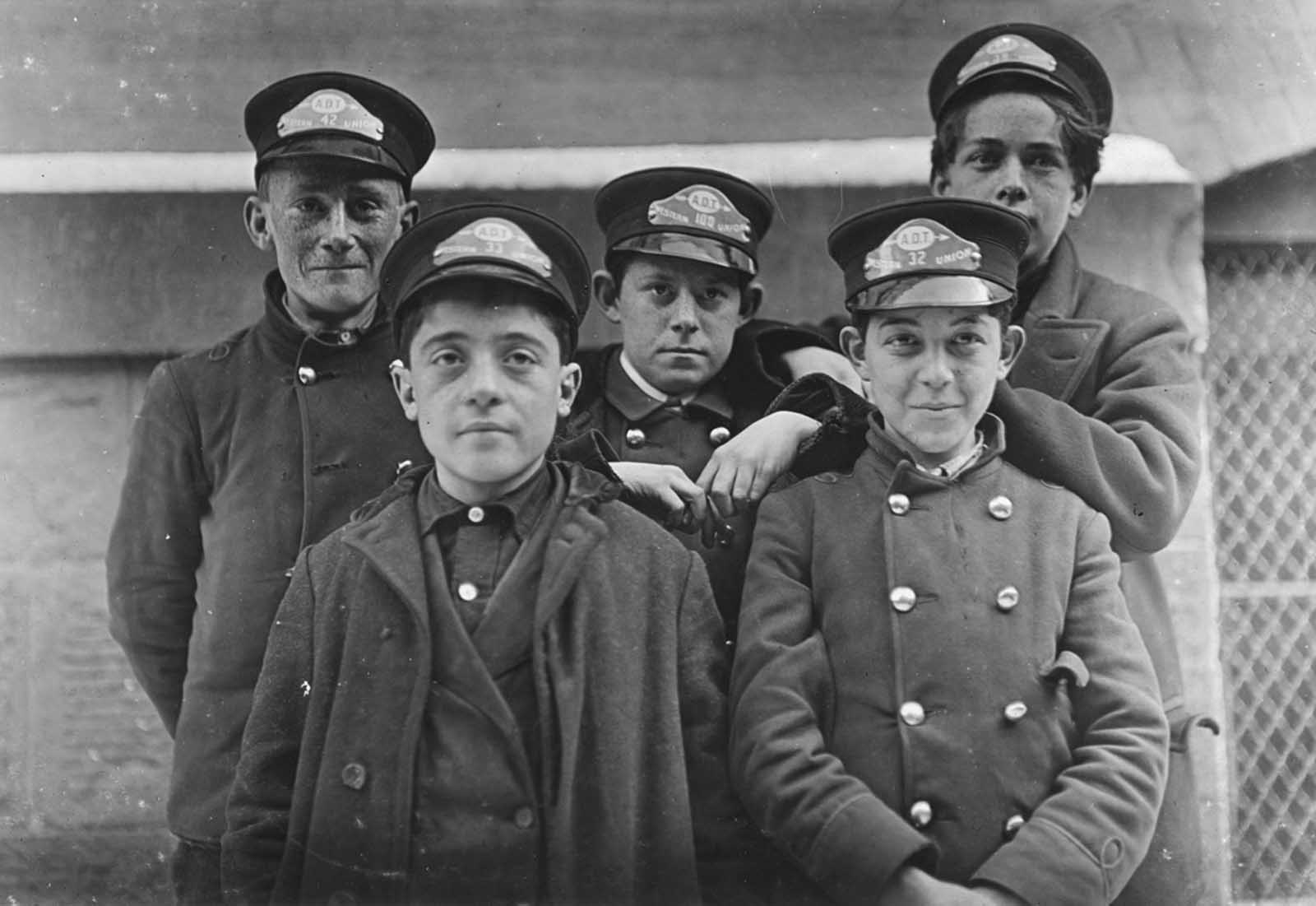
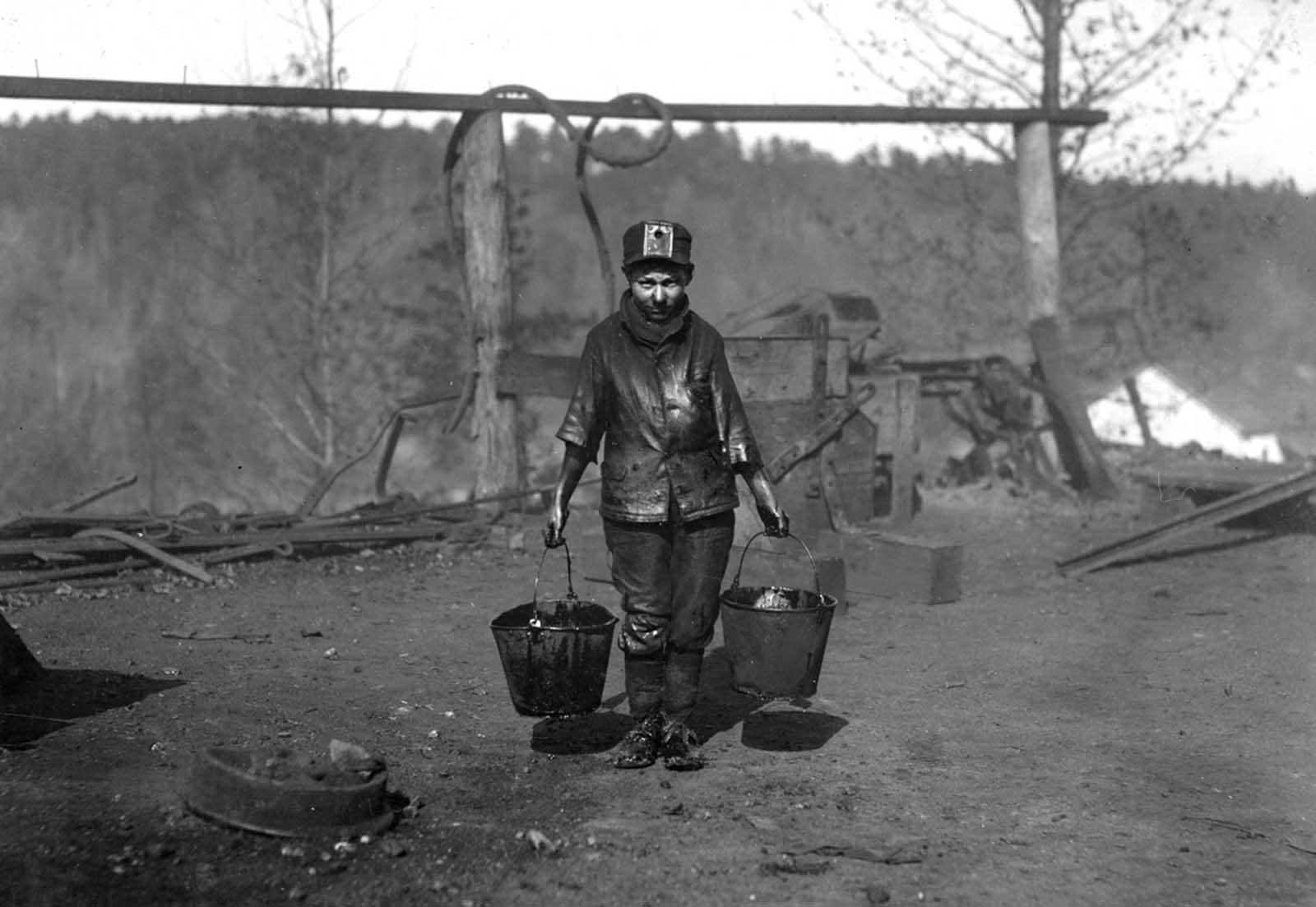

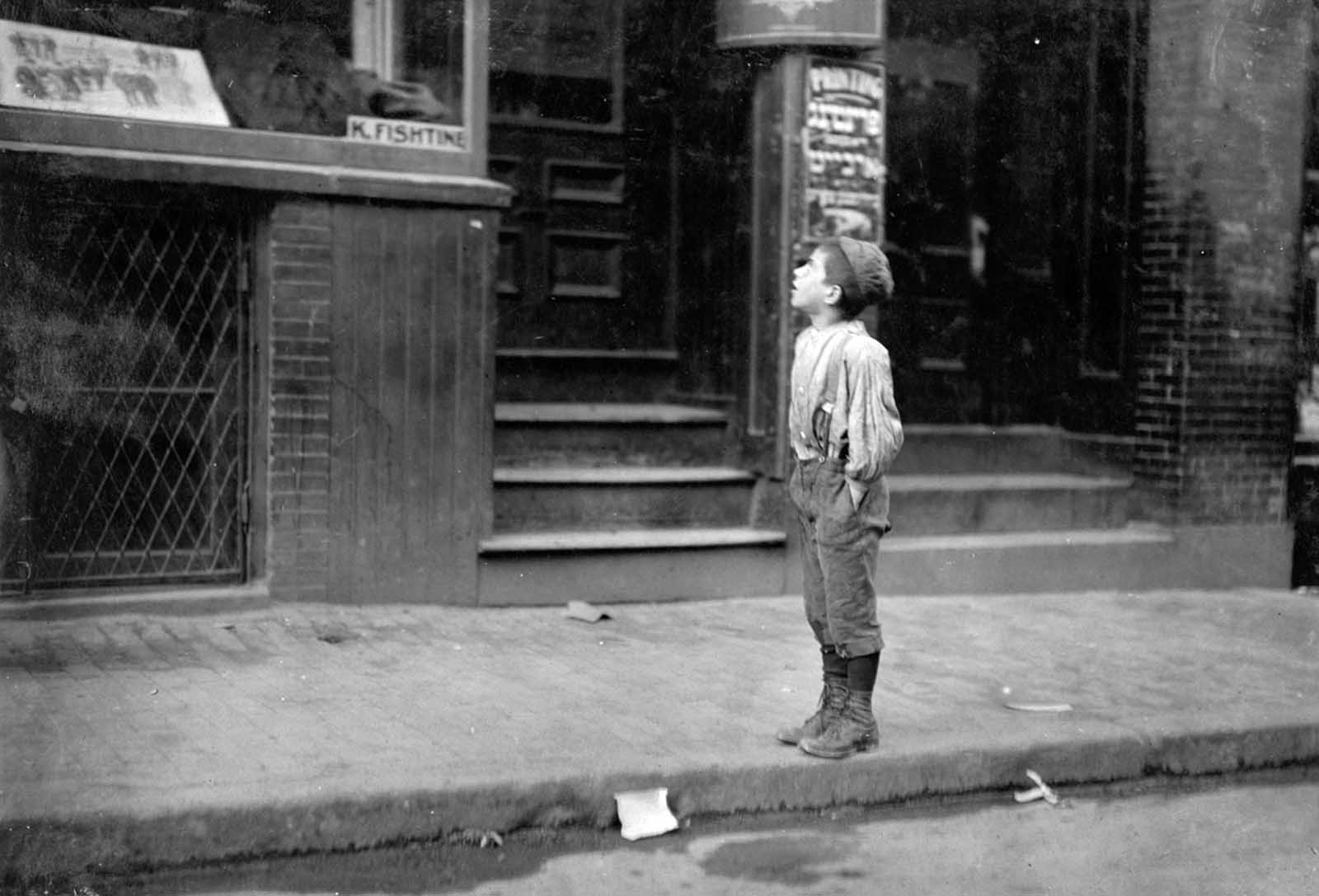
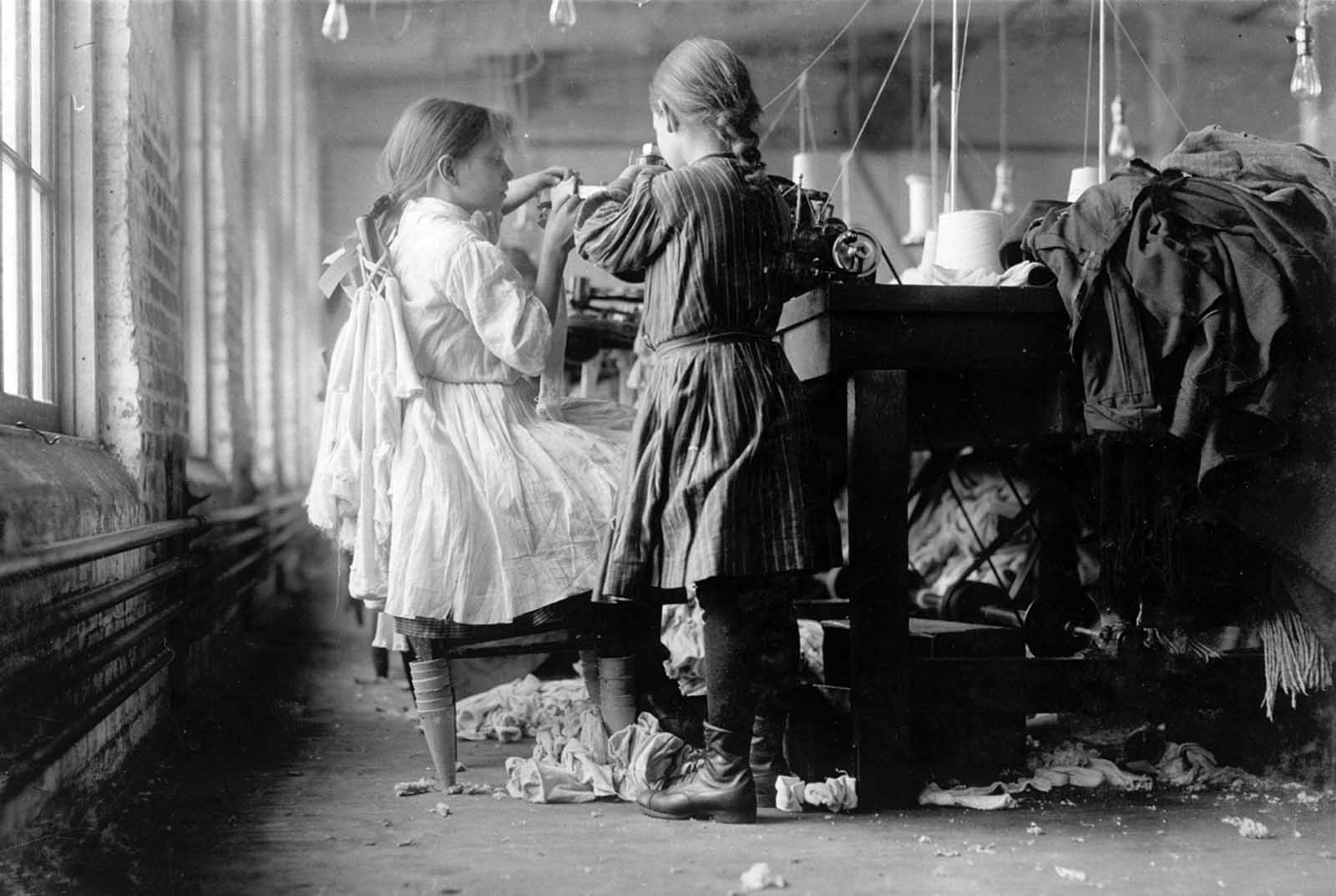
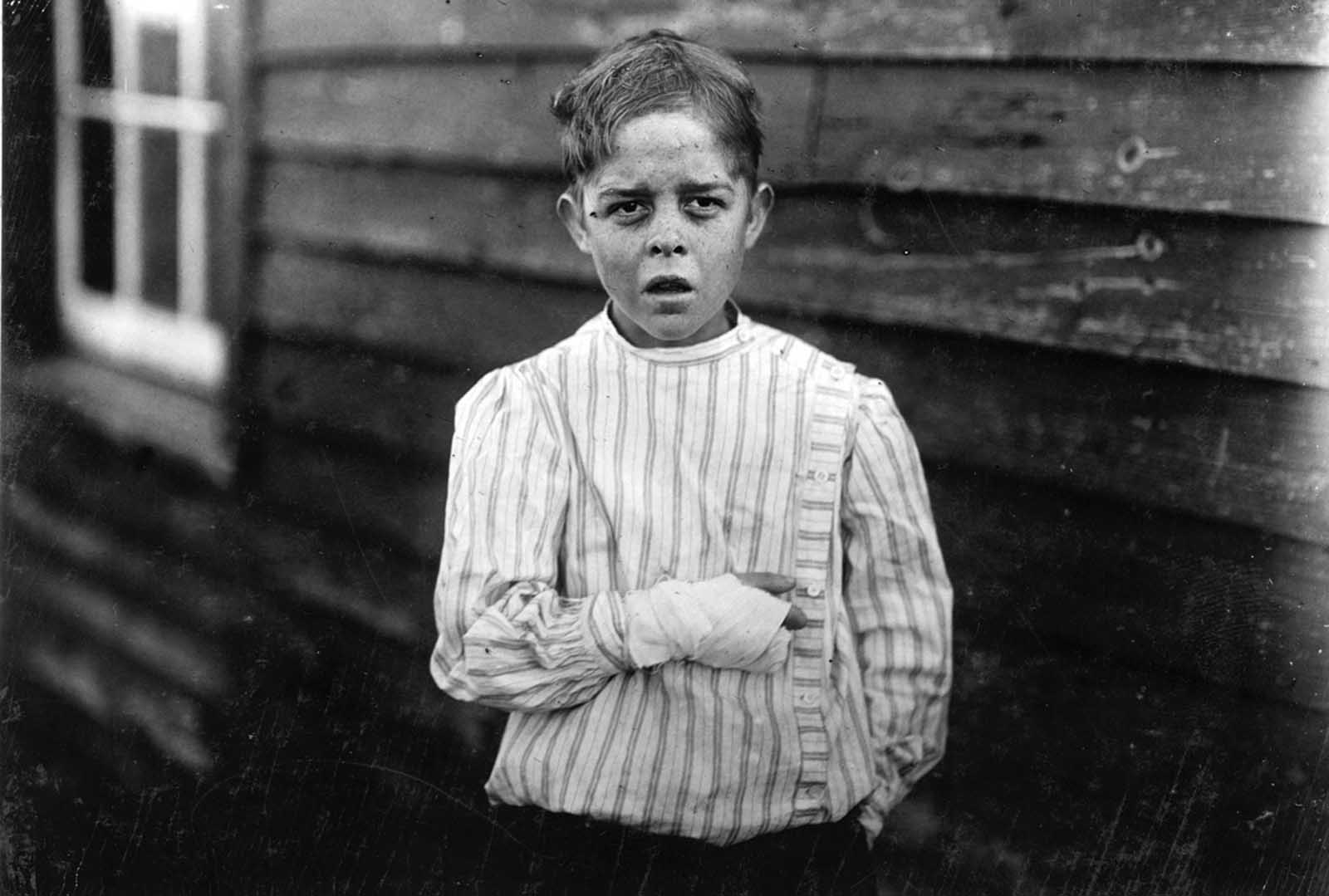
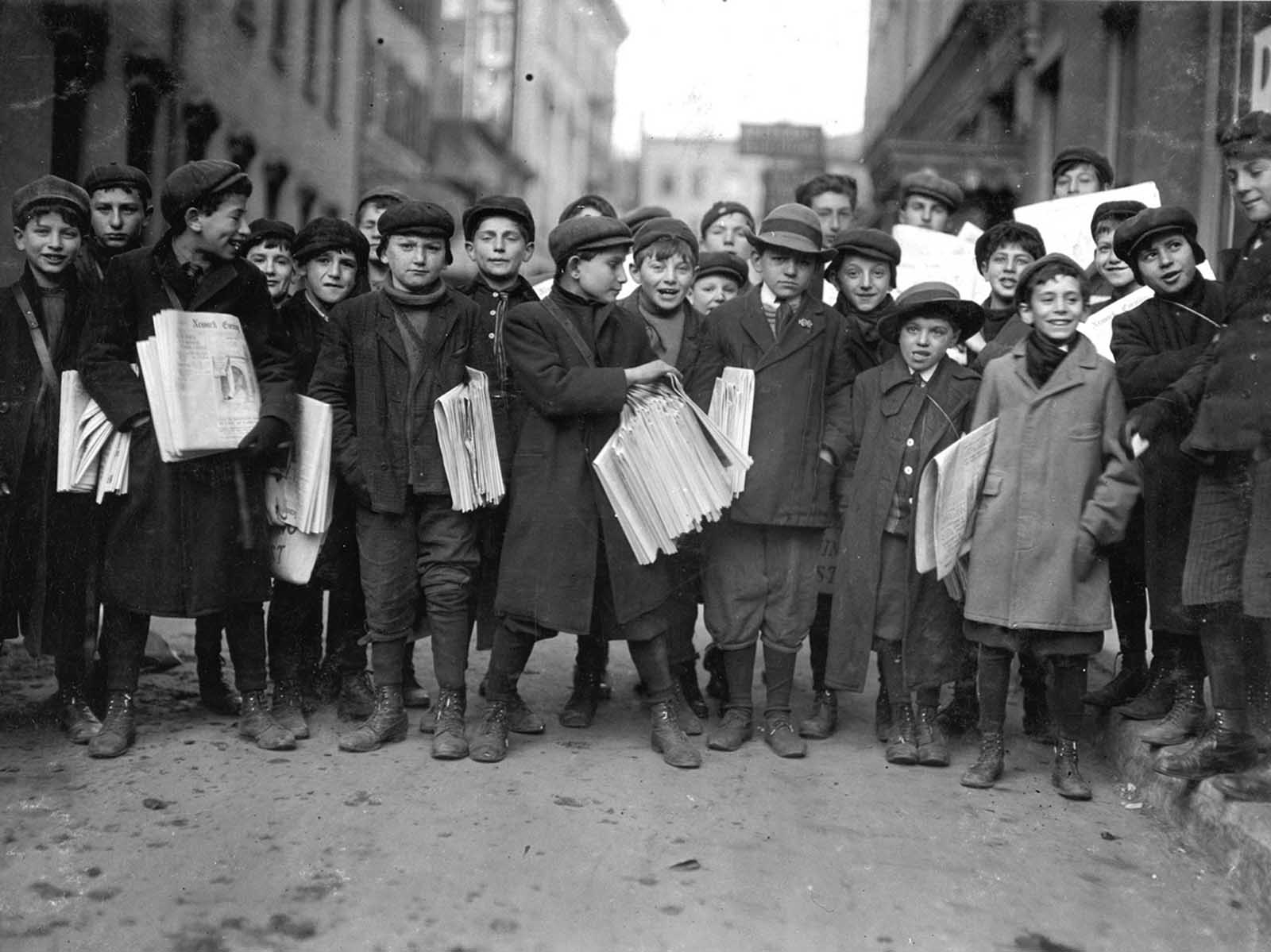
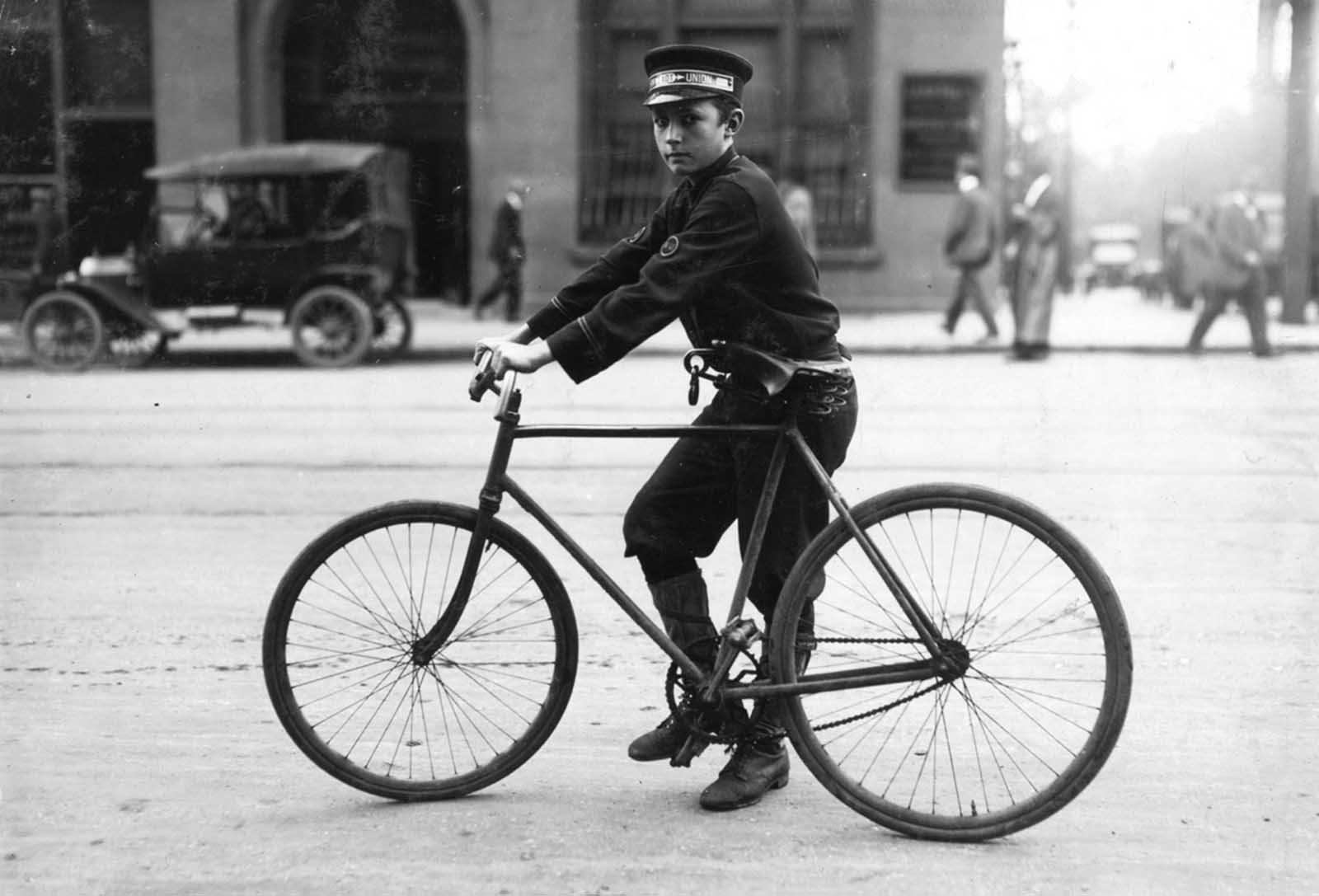
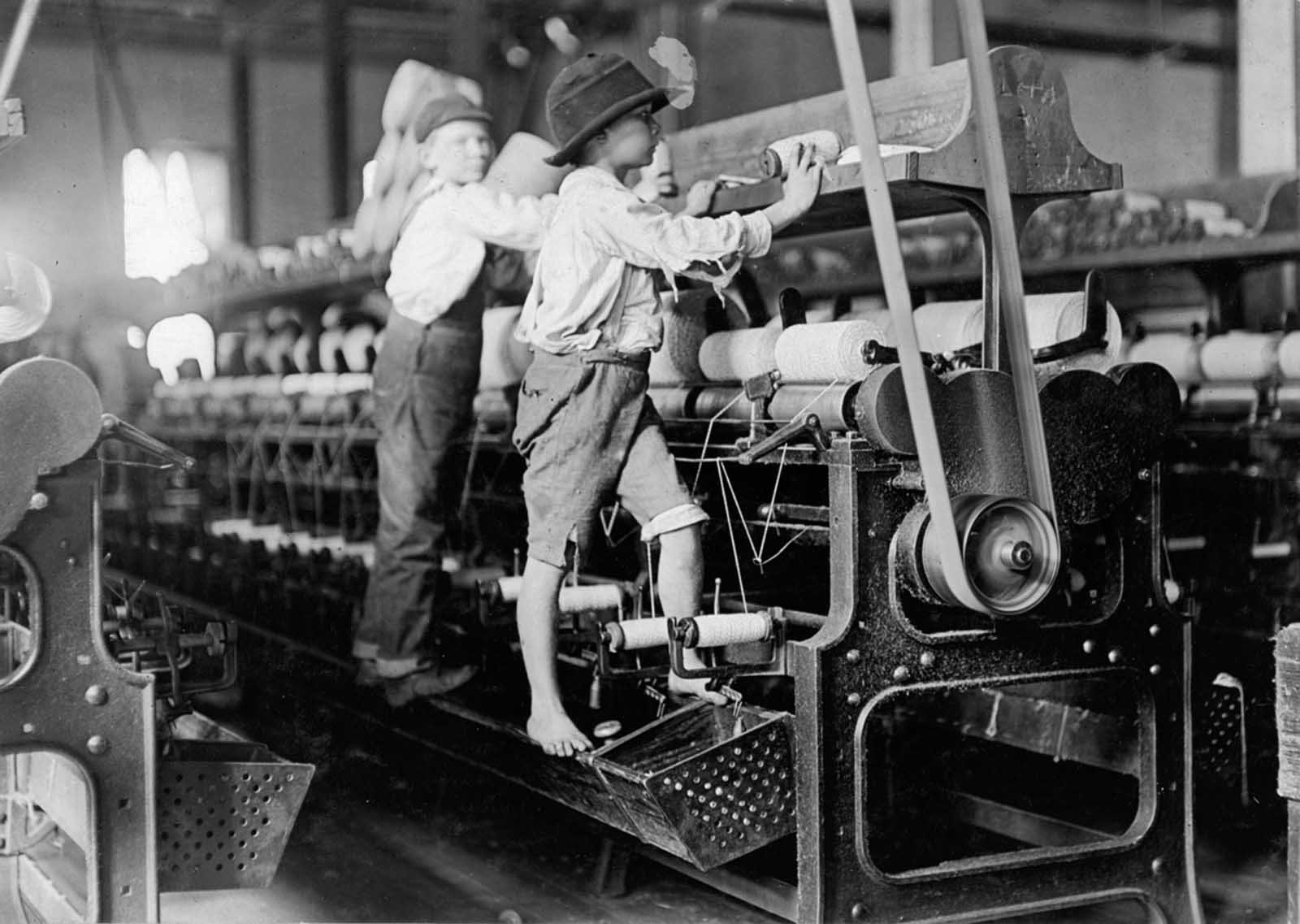
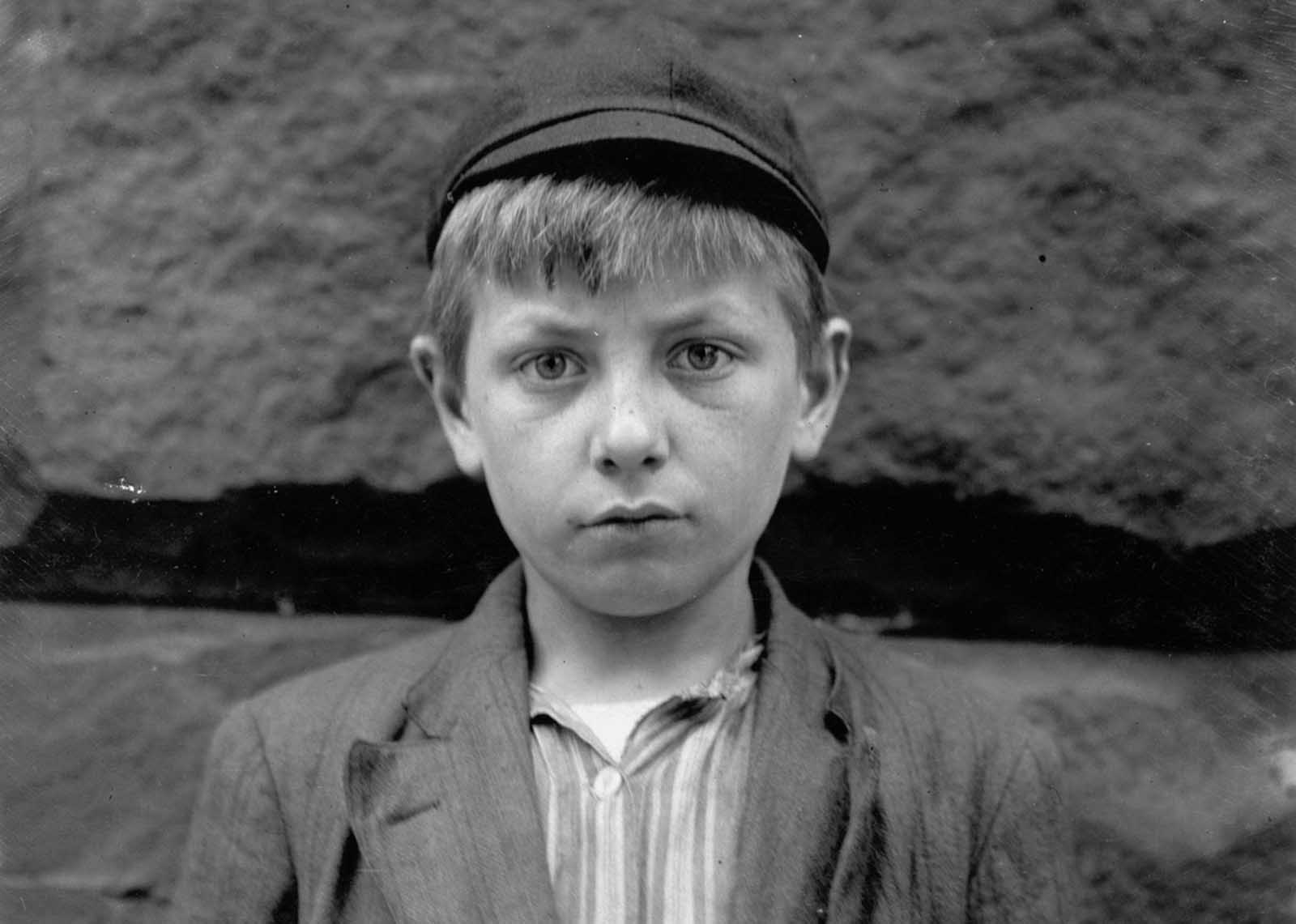
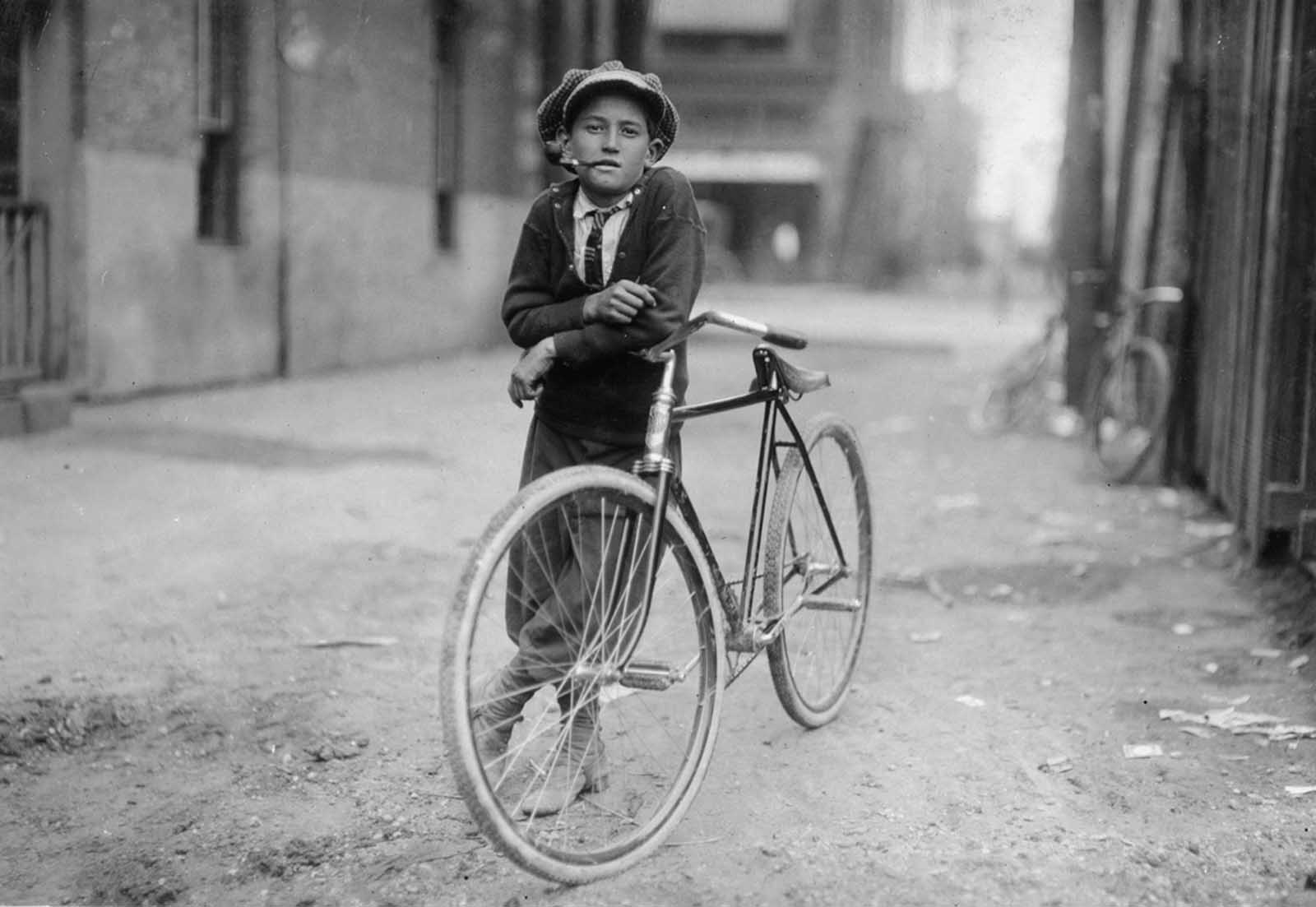
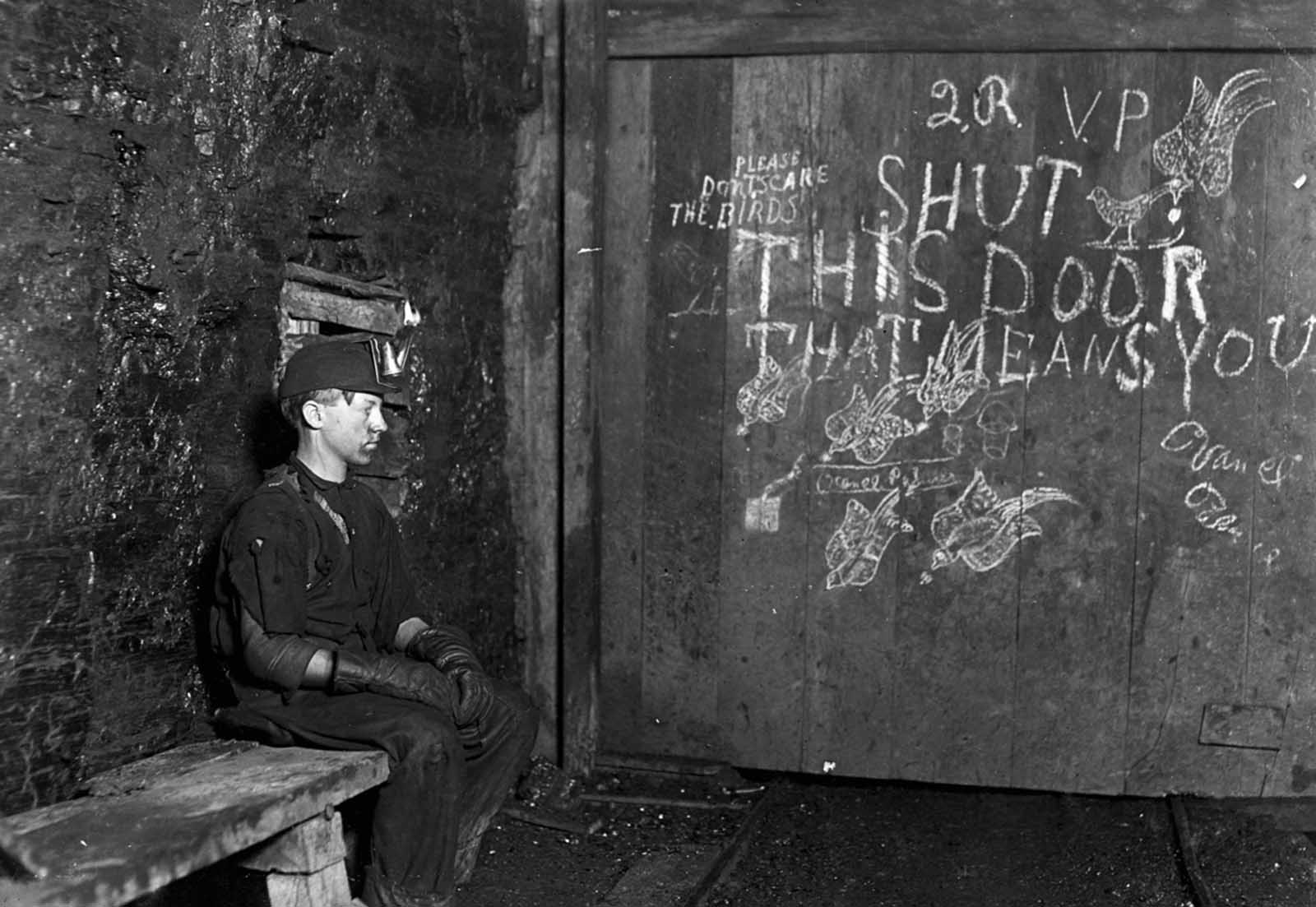
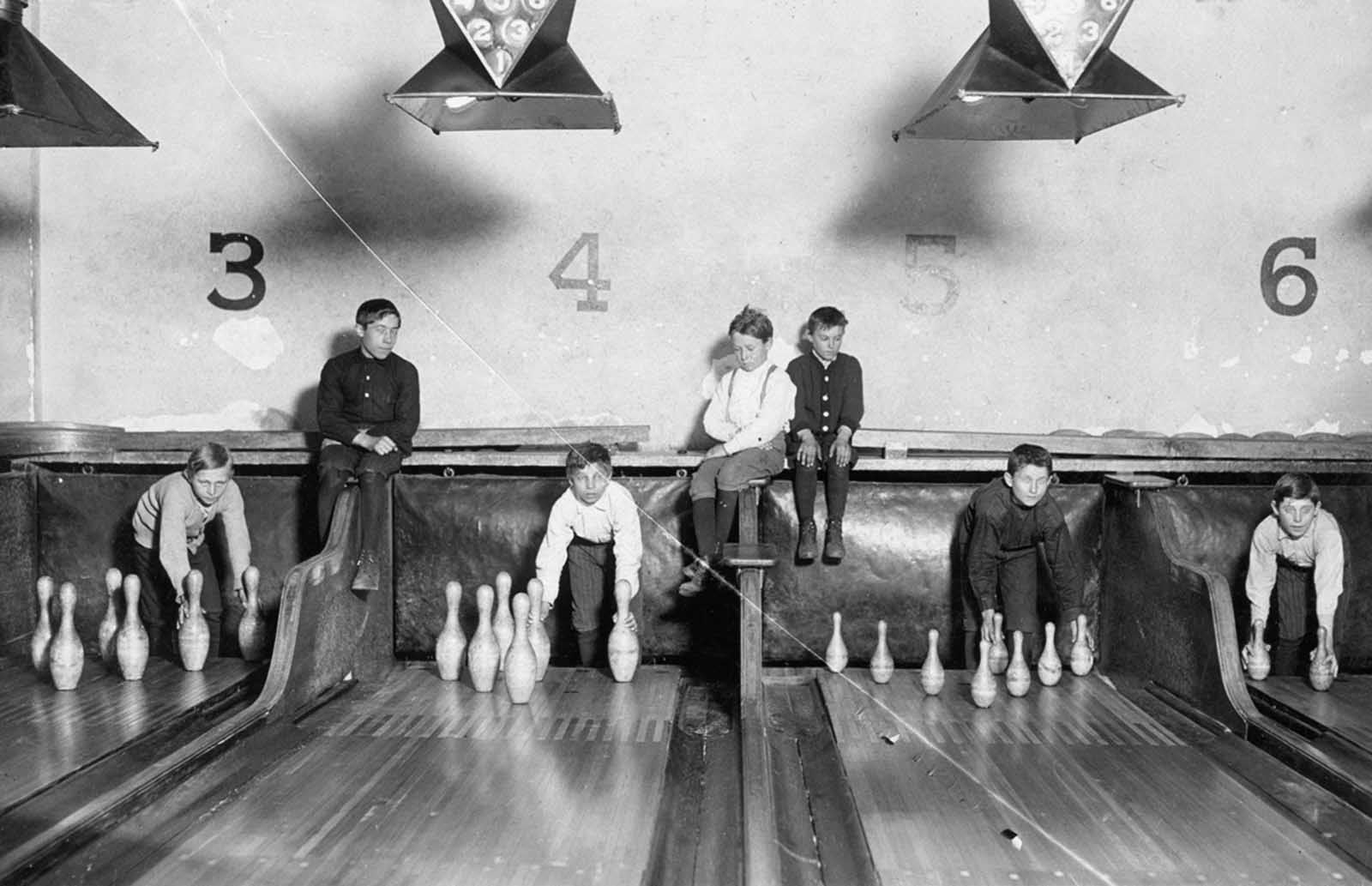

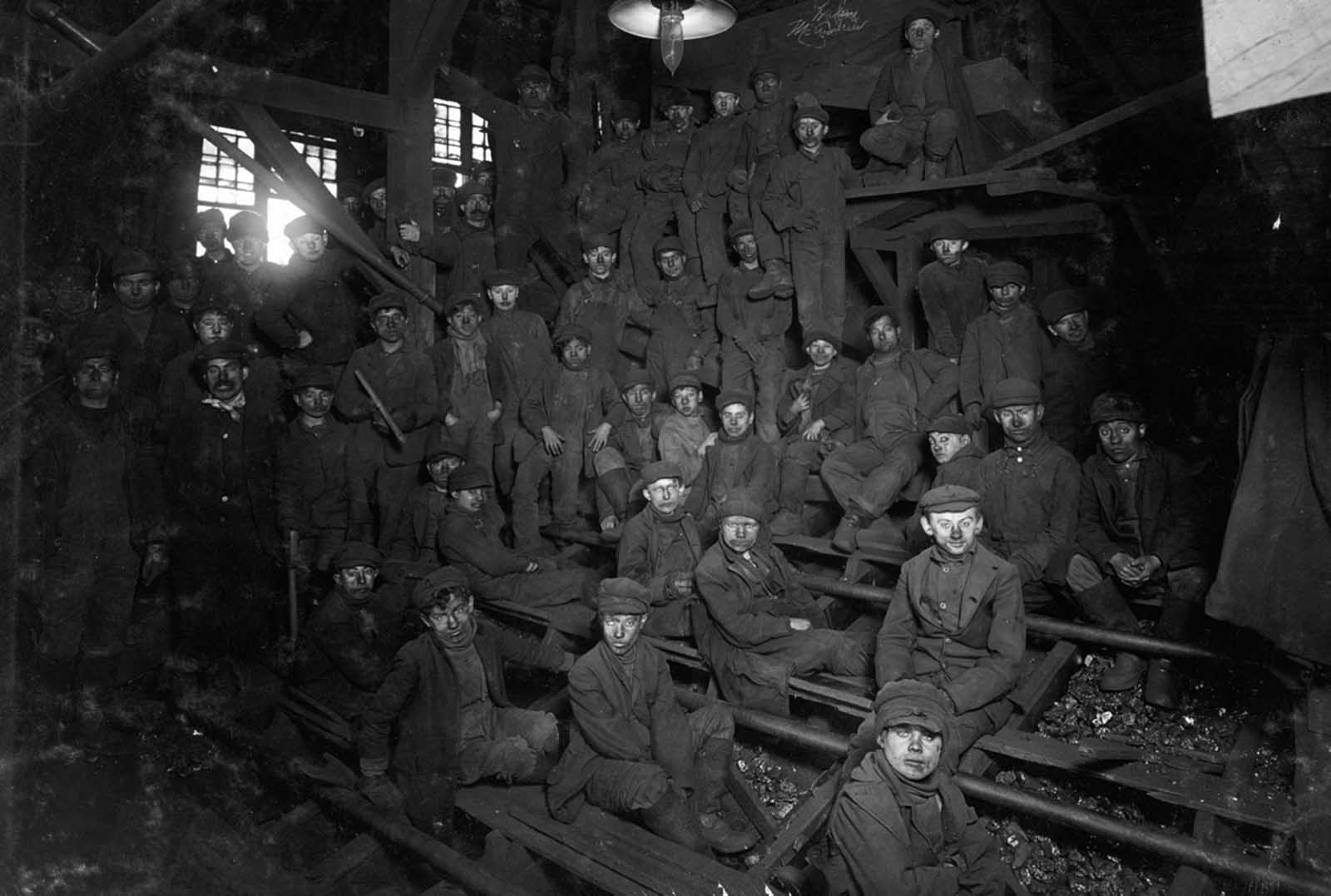
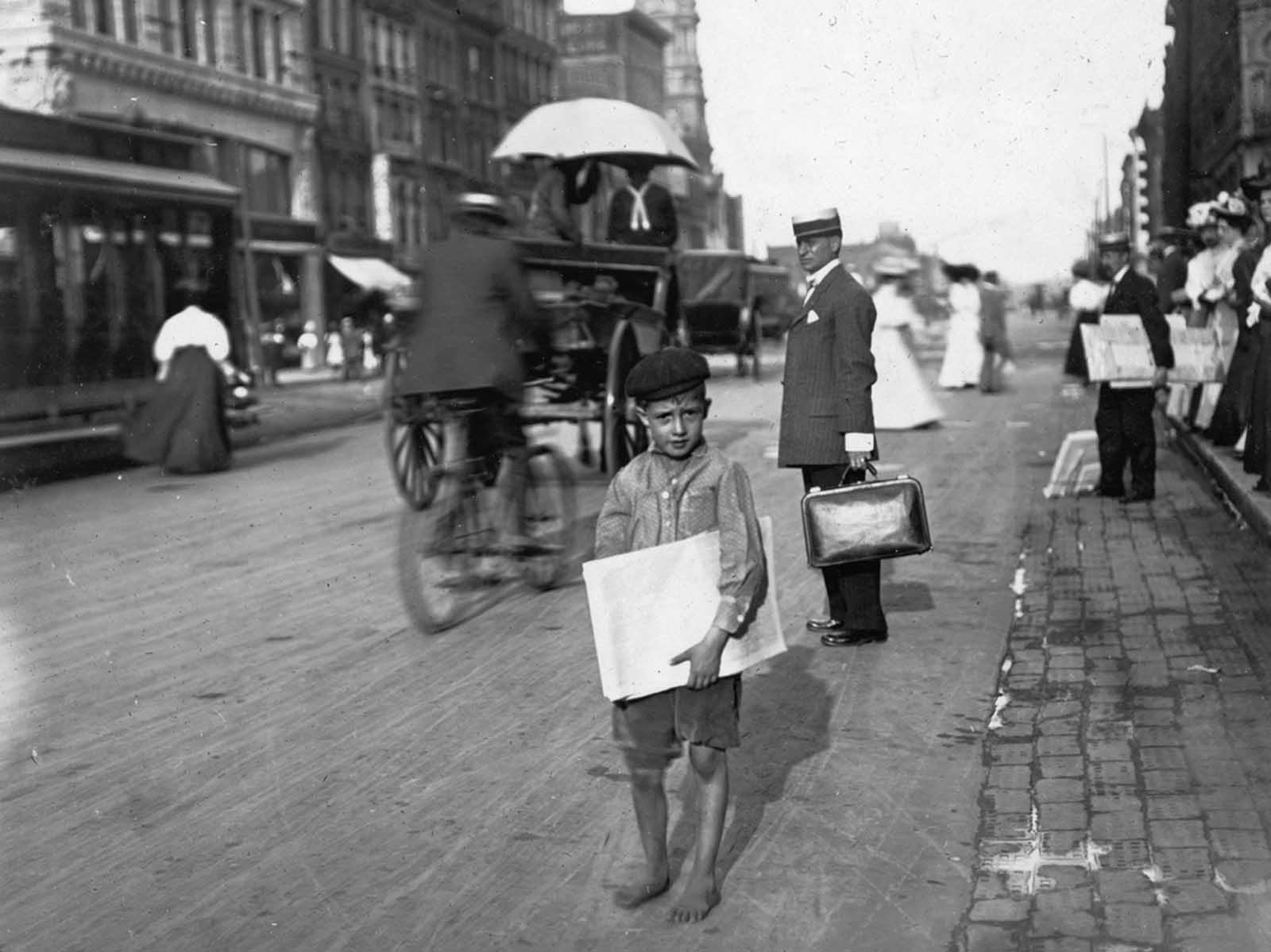
Video
Watch the video to understand how child labor robs children of their future. Don’t miss this eye-opening look at the devastating impact on young lives and the importance of fighting for their rights.
Conclusion: The Legacy of Child Labor Reform and the Fight for Children’s Rights
The images captured by Lewis Hine stand as a stark reminder of the injustices faced by children during the industrial era. Thanks to Hine’s work and the efforts of many others, the movement to end child labor gained momentum, ultimately leading to significant legal reforms. Today, child labor remains a global issue, but the lessons of history serve as a call to action for continued advocacy and progress.
Hine’s photographs continue to inspire and educate us about the importance of protecting the rights and well-being of children. They remind us of the vulnerability of young workers and the necessity of laws that safeguard their futures. Through his lens, Hine not only captured a moment in time but also changed the course of history, paving the way for a future where children could be children, not workers.
